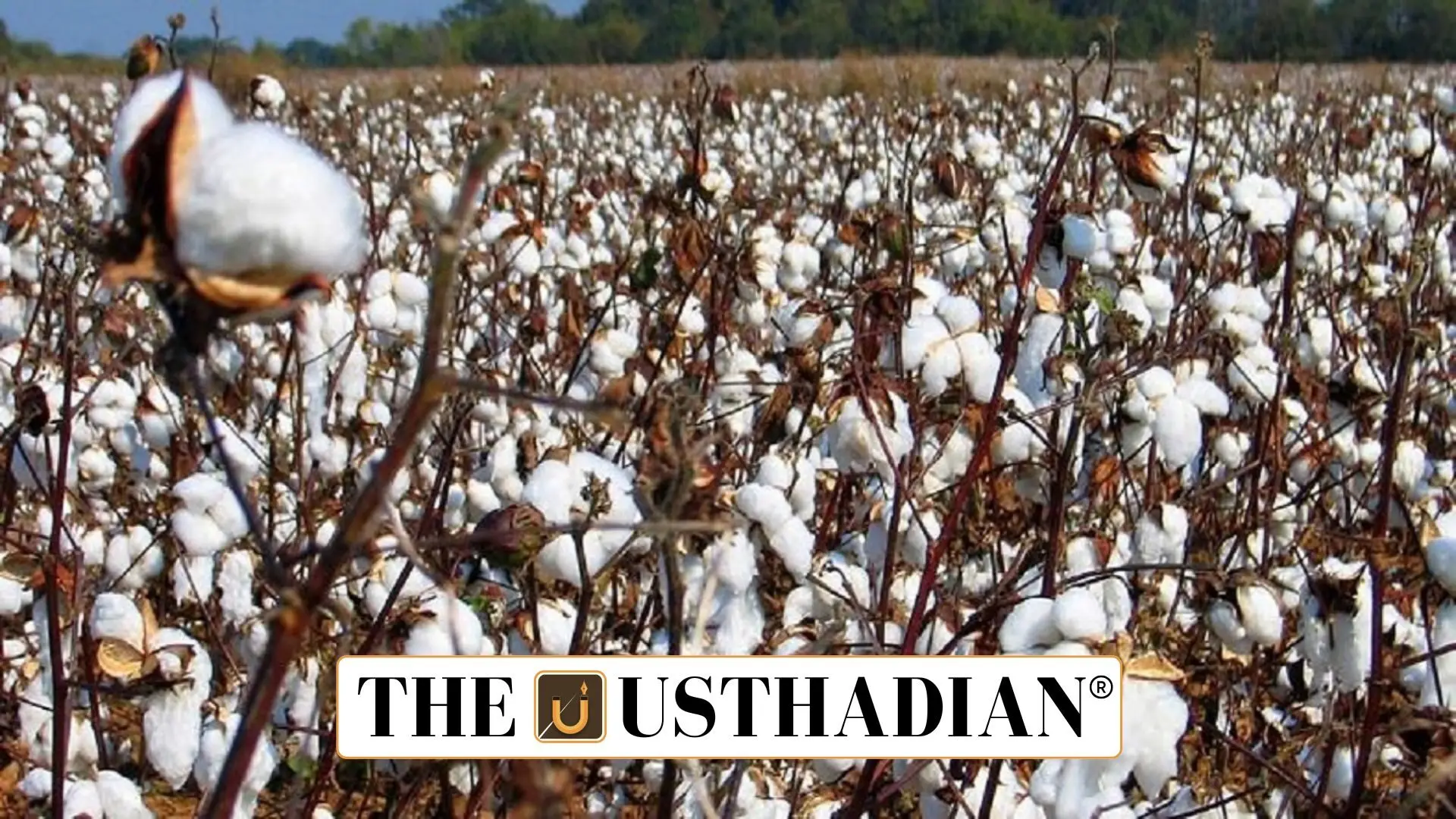Repositioning India in the Premium Cotton Market
National ELS Cotton Drive: Raising Fibre Standards and Farmers’ Incomes: In a strategic agricultural reform unveiled during the Union Budget 2025, the Government of India has launched a five-year mission focused on boosting the cultivation of Extra-Long Staple (ELS) cotton, a globally prized variety known for its exceptional strength and silky texture. This mission is designed to improve fibre quality, provide higher earnings for cotton farmers, and reduce India’s dependence on imported high-grade cotton.
Often referred to as the benchmark of cotton excellence, ELS varieties like Egyptian and Pima cotton feature fibres that exceed 30 mm in length. Although countries like Egypt, Australia, China, and Peru lead the global production of ELS cotton, India’s output remains limited, primarily dominated by medium staple cotton (Gossypium hirsutum).
ELS Cotton in India: Present Scope and Limitations
In India, ELS cotton is cultivated in selective regions, mainly around Atpadi in Maharashtra and Coimbatore in Tamil Nadu. Despite its global market value in luxury textiles, Indian farmers hesitate to expand its cultivation due to several constraints.
Why Farmers Hold Back from Growing ELS Cotton
The major issue for growers is low productivity—ELS cotton yields are typically between 7 to 8 quintals per acre, while standard varieties can offer 10 to 12 quintals. Moreover, the absence of robust procurement networks means farmers often don’t receive premium prices, making it an economically risky crop despite its high commercial potential.
Government’s Action Plan to Transform Cotton Production
To resolve these challenges, the government has introduced a dedicated ELS Cotton Mission, which focuses on Supplying better-quality seeds , Introducing modern cultivation technology , Implementing integrated pest and weed management and Enhancing market access and infrastructure.
In addition, the mission is considering Herbicide-Tolerant Bt (HtBT) cotton, a genetically modified variant that could reduce labour needs and help farmers manage weeds more efficiently.
Rooted in the ‘5F’ approach—Farm to Fibre, Fibre to Factory, Factory to Fashion, Fashion to Foreign, the initiative aims to strengthen the entire cotton value chain, from raw cultivation to global exports, and establish India as a reliable supplier of superior-grade cotton.
Textile Sector Gets a Financial Boost
The Ministry of Textiles received a 19% budget increase, with an allocation of ₹5,272 crore for FY 2025–26. This reflects strong policy momentum to modernize cotton production and support the ₹3.5 lakh crore Indian textile industry, which is heavily driven by MSMEs.
Additional Budgetary Reforms:
- Expansion of the technical textiles segment (used in sectors like defense, health, and agriculture).
- Elimination of customs duties on high-efficiency shuttle-less looms to promote local manufacturing.
- Hike in import duty on knitted fabrics to 20% or ₹115/kg, shielding domestic manufacturers.
- Support for handicraft exporters through extended duty-free input periods and simplified processes.
The Road Ahead: India’s Global Cotton Ambition
The ELS Cotton Mission is not only about production—it reflects a larger goal of economic resilience, innovation, and global competitiveness. By empowering farmers, promoting climate-smart practices, and upgrading value chains, India is laying the groundwork to become a global hub for premium cotton.
Static GK Snapshot: India’s Cotton & Textile Developments
| Category | Details |
| Fibre Length of ELS Cotton | More than 30 mm (Gossypium barbadense) |
| Main Cultivation Zones in India | Atpadi (Maharashtra), Coimbatore (Tamil Nadu) |
| Launch Year of ELS Cotton Mission | 2025 (Union Budget announcement) |
| Textile Ministry Budget (2025–26) | ₹5,272 crore (19% increase over previous year) |
| Major Global Producers of ELS | Egypt, Australia, China, Peru |
| Policy Framework Adopted | 5F: Farm → Fibre → Factory → Fashion → Foreign |
| HtBT Cotton Technology | Under review for weed management and labour reduction |








